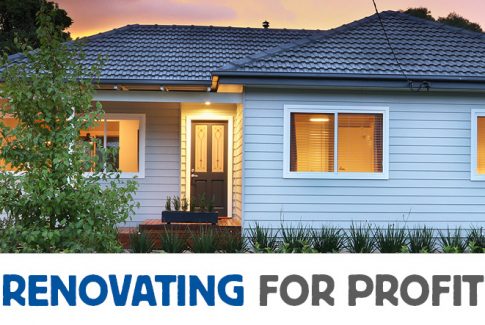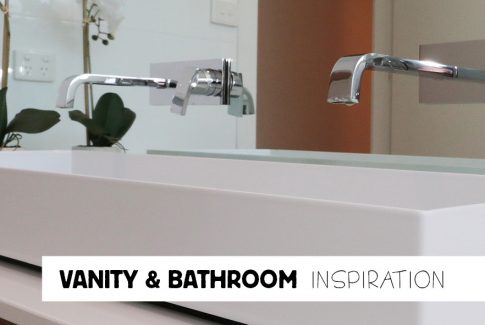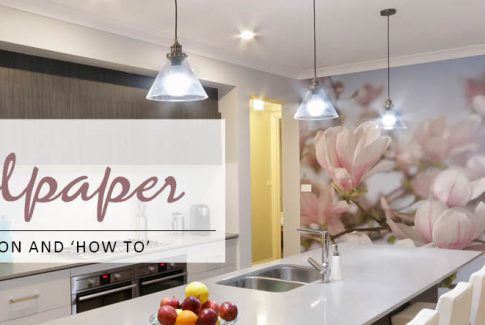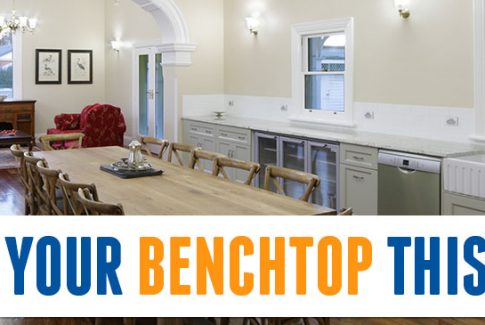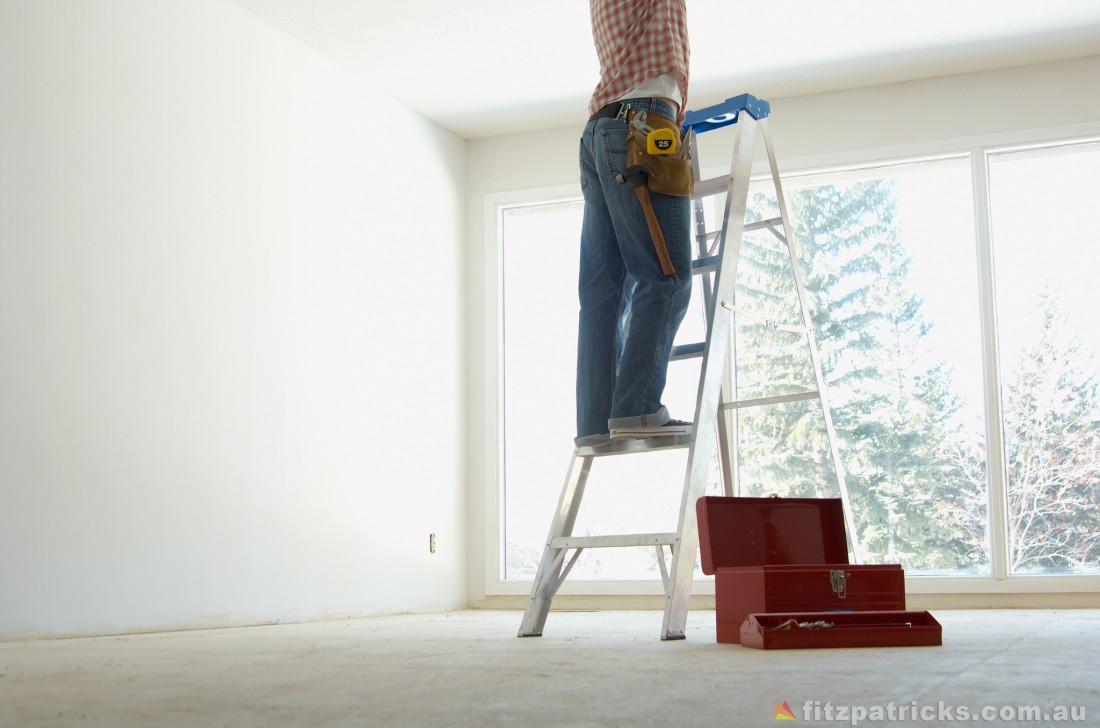
DIY has been trending for quite a while now, with TV shows and magazines promoting home improvement as a hobby. The hit renovation program ‘The Block’ has further encouraged the idea of renovation as a viable proposition, transforming delapidated buildings into contemporary homes.
This trend seems to be reflected in current statistics, with information from from RP Data indicating that people are holding onto their homes longer rather than buying new ones. In 2005 the average hold time for houses was around 6.5 years, with that figure steadily increasing to an average hold time of 9 years in 2012. RP Data offer a few suggestions as to the cause of this increase, with housing affordability and the type of homes on the market both being major contributors.
It’s a situation causing concern in the real estate industry, with agents noticing that homeowners can be dissapointed when their efforts don’t yeild the kind of financial results they had hoped for. We know that we need to look beyond the hype of a reality show where people work round-the clock for weeks, with tradesmen always at their disposal and suppliers queueing up to provide the latest products at bargain prices! Nonetheless, the The Block’s figures can sound impressive. At least, until they are given a ‘reality check’. Property blogger Michael Yardney makes some astute observations in his Property Observer blog, noting that the real sum involved – including purchase price of $3.8 million, $209,000 on stamp duty, budget of $125,000 per couple plus labour, agents’ commission, selling cost and interest on the holding costs -“puts the auction result in a different light.”
Even at a more realistic level, it can be easy to over-capitalize, investing more on your property than you will recoup at sale, and this is just as important for your own home as for an investment property.
Some minor investments are often neccessary to good maintenance. When replacing appliances, choose a reputable brand but keep cost under control by avoiding trendy gadgets. While luxury finishes might be appealing, many modern materials offer lower cost yet beautiful and functional alternatives. A fresh coat of paint can really ‘lift’ a home. Simple, neutral color schemes and plain finishes are the best choice, as anyone who has wanted to refinish a 90s burgundy-coloured suede-finished feature wall will agree!
However, when you need a more substantial renovation, such as flooring, a bathroom or kitchen refit, an additional room or extension, remodeling, decks and entertaining areas, costs can become substantial. When you do decide to sell, it can be heartbreaking to discover that your improvements have done little for your ultimate sale price.
Paul Gooden, agent at Fitzpatricks Real Estate, has seen homeowners achieve success in both renovation and relocation. “Sometimes a smart renovation can really give a home a new lease of life,” he says, “but when you need more space, often a new home is the smarter way to go. The market for homes under $250,000 is particularly strong at the moment, so the transition to a larger home might not be as painful as people think.”
So before you consider renovating, seek professional advice. The sales agents at Fitzpatricks Real Estate can give you advice on the value of your existing property and the potential added value of any renovations. Not only do they know the market trends for properties in your area, they know what buyers are looking for in your price range. They also have the ability to offer an impartial perspective. Investors are often aware of the importance of keeping emotions out of finances, but it can be much harder to be clear-headed about decisions involving our own homes. With their expert knowledge, whether you go ahead and renovate or decide to look for a new home that meets your growing needs, you’ll do so well informed.






